
Transform Your Bedroom with Innovative Interior Design Ideas
More than simply a place to sleep, your bedroom serves as a haven where comfort, practicality, and style come together to create your ideal haven away from the outside world. When it comes to creating a bedroom that fits your needs and reflects your personality, interior design is essential. The fundamentals of design can turn any area—whether it is a modest bedroom, an opulent master suite, or a house with multiple bedrooms—into a peaceful haven. We will look at a variety of bedroom interior design topics in this guide, providing you with ideas and insights to help you with your next project.
Understanding the Basics of Bedroom Interior Design
The art of creating a unified and cozy space in a bedroom involves balancing elements such as color, texture, furniture, lighting, and decor. Understanding the dimensions, design, and natural light sources of the room is the first step in the process. These elements have a major impact on the selection of decorative elements, color schemes, and furniture.
The bed takes center stage in any bedroom. Its layout and style have the power to define the mood of the whole space. A well-planned bedroom takes movement into account as well, making the area both practical and visually beautiful.
Master Bedroom Interior Design: Crafting a Luxurious Retreat
The largest and most important bedroom in the house is usually the master bedroom. The goal of master bedroom interior design is to create a sumptuous yet tranquil space. Start with a color scheme that encourages calm, like warm earth tones, cool blues, or gentle neutrals. Luxurious materials such as silk bedding, velvet drapes, and plush rugs can be used to enhance these colors.
When designing a master bedroom, furniture choice is crucial. Elevate the sophistication of the room with a king-sized bed featuring an exquisite headboard, matching nightstands, and a cozy seating area. Layered lighting, which combines task, ambient, and accent lights, can produce a warm and welcoming ambiance. Lighting is another important factor.
Custom-built wardrobes, artwork, and family photos are examples of personal touches that give a space personality. If you want to add something truly grand to the space, like a chandelier or large mirror, think about adding a statement piece.
Small Bedroom Interior Design: Maximizing Space and Style
Small bedroom design presents special difficulties, but with imagination, even the smallest rooms can feel airy and fashionable. The goal of small bedroom interior design is to maximize available space while preserving practicality and comfort.
Start by selecting furniture with multiple uses. Space-saving options include wall-mounted shelves, foldable desks, and beds with built-in storage. Choose a light color scheme because it will give the impression that the space is bigger and more airy. Mirrors can also give the impression of greater space because they reflect light and give a room a deeper feeling.
Decluttering is another essential component. Instead of adding extraneous décor, go for sleek, compact furniture to keep the space feeling uncluttered. Hanging shelves and tall wardrobes are two examples of vertical storage options that can help clear the floor and create the impression of more space in the room.
Interior Design Bedroom Ideas for Every Style
You should let your bedroom reflect your own style, and there are a ton of interior design bedroom ideas out there to fit any preference. There are design principles that can assist you in realizing your vision, regardless of your preference for a modern, minimalist, traditional, or eclectic style.
Concentrate on simple, neutral hues and clean lines for a modern bedroom. A streamlined and modern vibe can be achieved with a low-profile bed, sleek nightstands, and straightforward lighting fixtures.
In contrast, a traditional bedroom design might feature elaborate furniture, vibrant colors, and timeless patterns. To create a classic style, consider a four-poster bed, vintage dressers, and floral wallpaper.
More individuality and creativity are possible with eclectic design. To create a distinctive and colorful space, combine various styles, colors, and textures. An eclectic bedroom can be made to feel alive with striking artwork, vibrant rugs, and unique furniture pieces.
Bedroom Interior Design Ideas for 2 Bedroom Apartments
When designing an apartment with two bedrooms, it is important to give each bedroom a distinct personality while keeping the overall design of the apartment cohesive. Depending on the needs of the occupants, two-bedroom apartment interior design ideas can change.
A guest bedroom should be flexible enough to accommodate different types of visitors. A flexible and welcoming space is created with a soothing color scheme, soft bedding, and basic décor. A childs bedroom can be made more playful by adding bright colors, a theme, and places to store toys and books.
The main bedroom of a two-bedroom apartment should be furnished with relaxation in mind. Soft lighting, comfortable furniture, and distinctive accents like priceless artwork or old family photos can all be used to create a comfortable haven.
Creative Interior Design for a 1-Bedroom Apartment
When designing a one-bedroom apartment, careful planning is required to make the most of the limited space. A one-bedroom apartment interior design should aim to create a living space that is multifunctional, harmonious, and able to meet all of the residents needs.
Recognize an open concept design as a place to begin. You can open up the living, dining, and sleeping spaces to feel more open and connected. Divide the apartment into distinct areas with furniture. Put a sofa, for instance, in between the bedroom and the living room.
Choose furniture that can be used for many tasks. A sofa bed, for instance, can be utilized as a bed at night and as seating during the day. Foldable dining tables, storage ottomans, and wall-mounted desks are further great options for conserving space.
In a one-bedroom apartment, lighting is crucial. Use overhead lighting, table lamps, and floor lamps to create a warm and inviting ambiance. Mirrors and reflective surfaces also add to the feeling of openness and natural light.
Interior Design Concepts for a 4-Bedroom House
A four-bedroom home provides many chances for unique and imaginative interior design. Bedrooms can have different styles as long as they all adhere to the houses overall theme. The goal of interior design for a four-bedroom house should be to create comfortable, functional spaces that accommodate each occupants needs.
Designing the master bedroom should take comfort and elegance into consideration. Fine bedding, sophisticated lighting, and plush carpets can all come together to create a peaceful sanctuary. Consider the needs of the individuals who are sleeping in the other bedrooms. To make the most of the available space, designate one room as a playroom, another as a home office, and a third as a guest bedroom.
The design should allow for a seamless transition between rooms. In order to establish harmony throughout the room, make use of a similar color scheme, comparable furniture styles, and complimentary decor. house. Custom-built furniture, personalized decor, and thoughtful lighting can enhance the overall design.
Elegant 4-Bedroom Duplex Interior Design
A 4-bedroom duplex presents a unique challenge and opportunity for interior design. With multiple levels to work with, the design should focus on creating a cohesive flow between the floors while maximizing space and style. 4-bedroom duplex interior design can range from modern and minimalist to luxurious and traditional, depending on the preferences of the occupants.
On the lower level, consider an open-concept design for the living, dining, and kitchen areas. This creates a spacious and inviting atmosphere, perfect for entertaining. Use large windows, glass doors, and light colors to enhance natural light and make the space feel airy.
The upper level, where the bedrooms are located, should feel more private and cozy. Each bedroom can have its own unique design, reflecting the personality of its occupant. A consistent color scheme and design elements can tie the rooms together, while personal touches like artwork and custom furniture add character.
Consider incorporating luxurious elements like a private balcony, en-suite bathrooms, and walk-in closets in the master bedroom. High-end finishes, statement lighting, and custom-built furniture can elevate the design and create a sophisticated and elegant space.
Bringing It All Together: The Importance of Personalization
No matter the size or style of the bedroom, personalization is key to creating a space that feels truly yours. Incorporate personal touches like family photos, favorite books, and cherished decor items to make the room feel more like home.
At Yash Interior and Construction, we believe that every bedroom should reflect the personality and lifestyle of its occupant. Our team of experienced designers works closely with clients to bring their vision to life, whether its a small bedroom interior design project or a comprehensive interior design for a 4-bedroom house.
By carefully selecting furniture, colors, textures, and lighting, we create spaces that are not only beautiful but also functional and comfortable. Whether youre looking to transform a master suite, a small apartment, or a multi-bedroom house, our bedroom interior design services are tailored to meet your specific needs and preferences.
Conclusion
Bedroom interior design is an essential aspect of creating a home that feels comfortable, stylish, and reflective of your personality. Whether youre dealing with a small space or a large house, the principles of design can help you achieve a cohesive and inviting atmosphere. From maximizing space in a small bedroom to creating a luxurious master suite, the right design choices can transform any room into a beautiful and functional retreat.

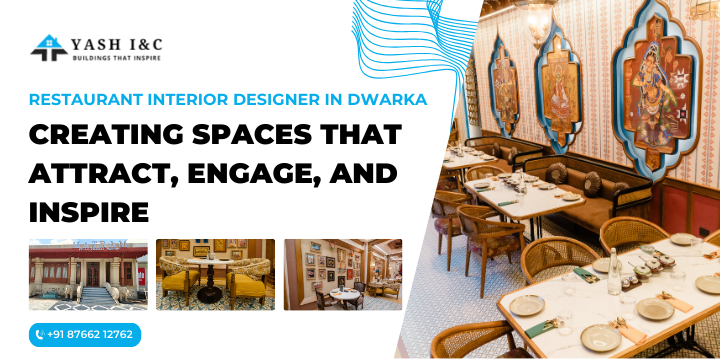
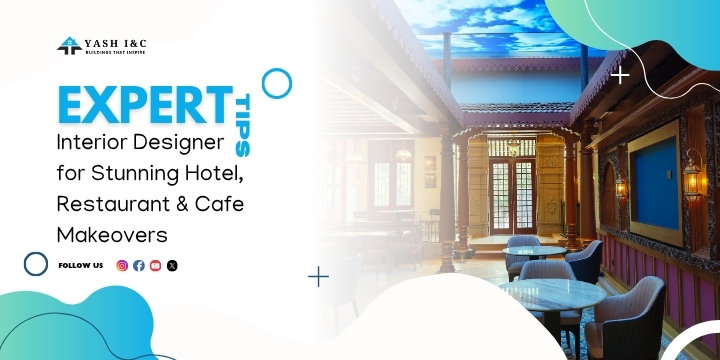
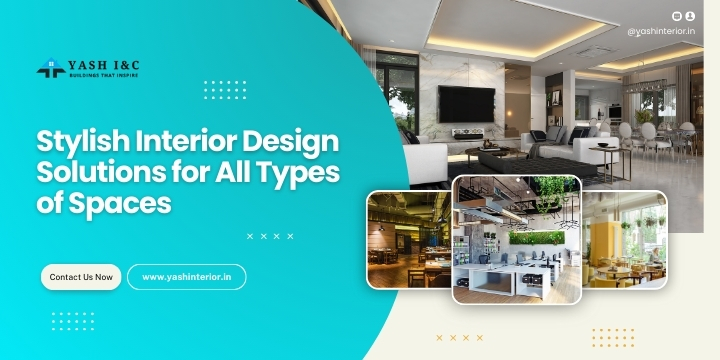
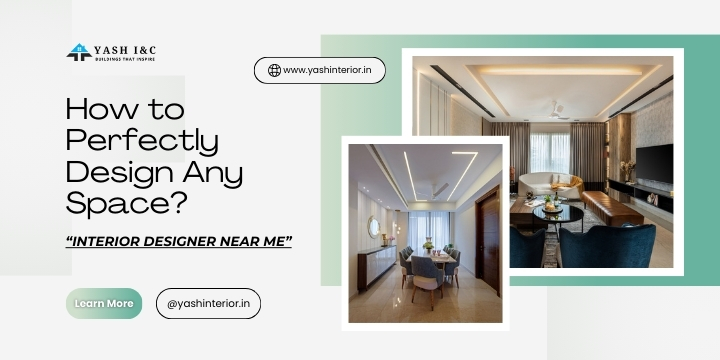


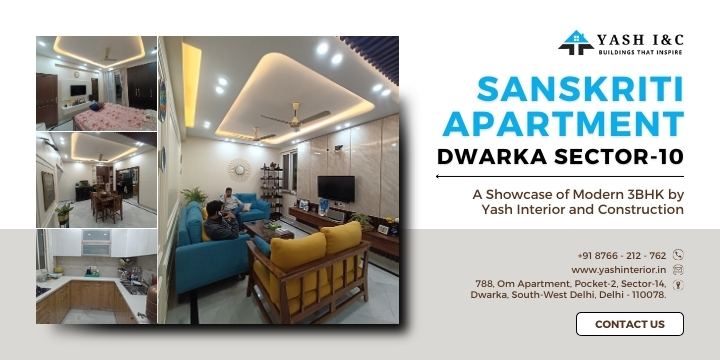
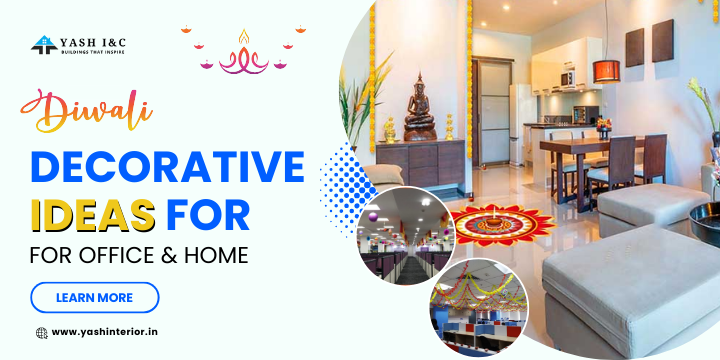
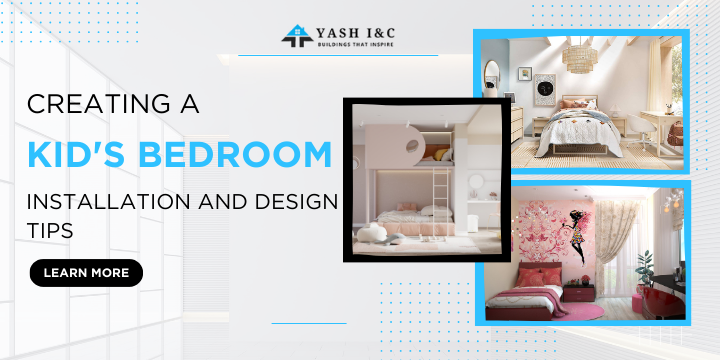
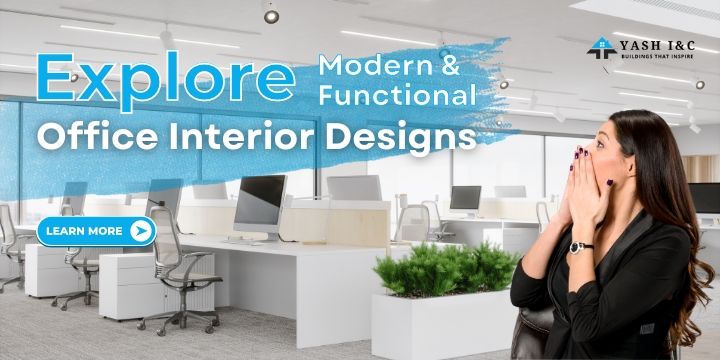
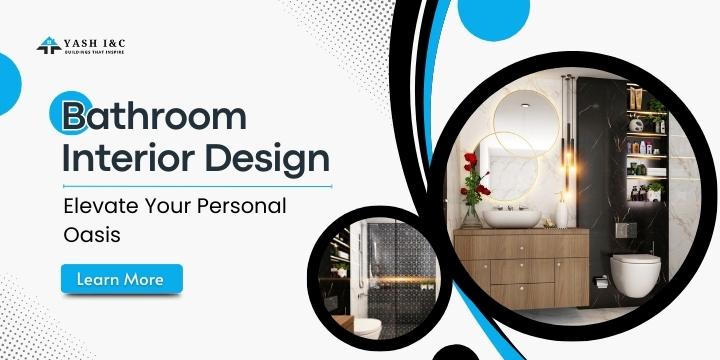
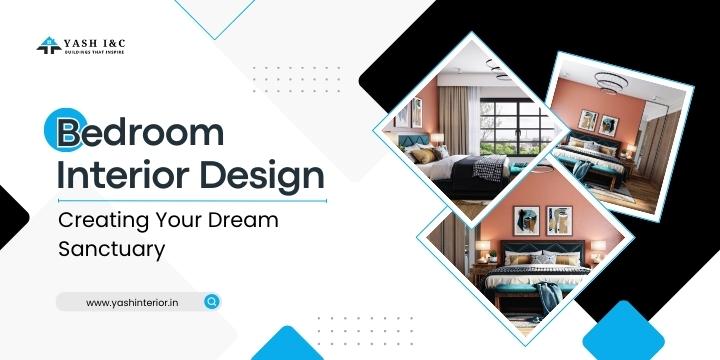


 Fill Out Your Details Below!
Fill Out Your Details Below!